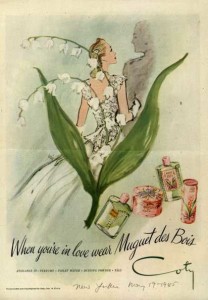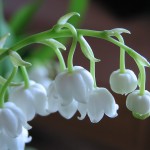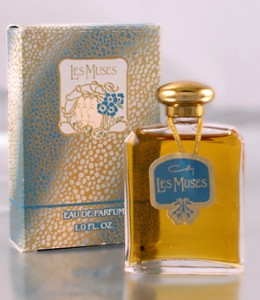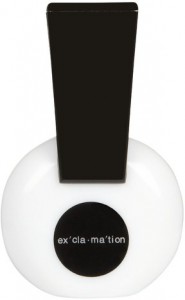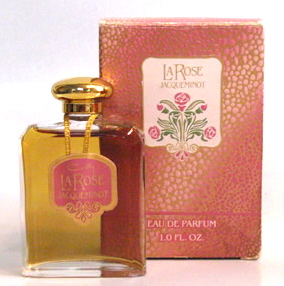Coty – Muguet des Bois
One spray of Coty’s Muguet des Bois and I am instantly transported in time: to afternoon walks in the woods and the innocence of shared childhood secrets. Muguet de Bois was created during one of history’s darkest hours, in 1942 when the dark specter of WWII shrouded the world in darkness. And yet this lovely soliflore (a fragrance based on the scent of a single flower) is the freshest breath of innocence and light imaginable.
Lily of the Valley is often associated with purity and innocence, making it a frequent choice for wedding bouquets. In France, it is customary to give Lily of the Valley as a gift on Fête du Travail, which falls on May 1st, in celebration of Spring. Tradition states that King Charles IX of France was given Lily of the V alley on May 1, 1561, as a good luck charm and he subsequently offered the flower annually to the ladies of his court. Ironically, all parts of the plant are highly poisonous. Even more confounding is the fact that while Lily of the Valley is known and treasured for its distinct aroma, the scent cannot be distilled from the flower and must be painstakingly re-created.
Muguet des Bois opens with a slight bitter green note, reminiscent of a freshly cut stem, which quickly gives way to the soft soapy freshness of Lily of the Valley. While the fragrance is for the most part a singular Lily of the Valley note, there are subtle shades of warmth from jasmine and rose. As the fragrance dries down, there is a suggestion of woods, enough to give the fragrance a bit of depth. A touch of sandalwood and musk also give the fragrance a slightly smoky quality, reminiscent of Summertime picnics. While the fragrance is not as complex as Diorissimo, it is nonetheless lovely and a believable Lily of the Valley. Muguet des Bois would make a lovely Spring or Summertime fragrance, when one is in the mood for something light and uplifting. It is also a perfect bedtime fragrance, promoting dreams of silent forest walks.
Notes: aldehydes, orange, green leaves and bergamot, cyclamen, lilac, jasmine, lily-of-the-valley, rose, sandalwood, musk

